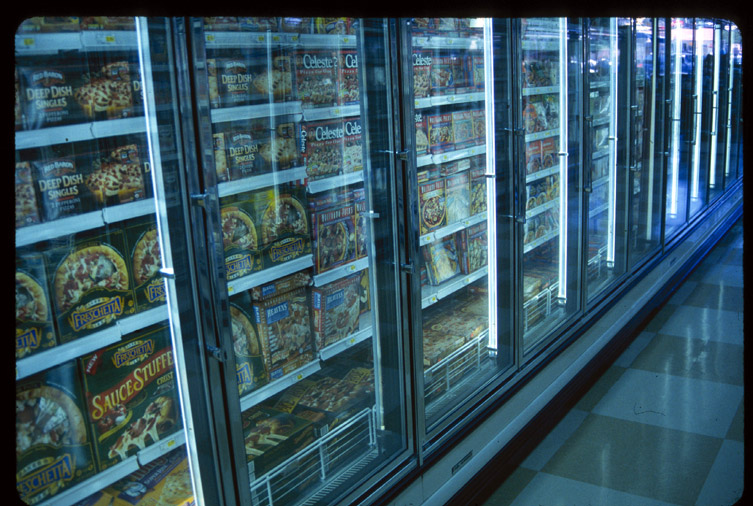 Text by Pat Gerbrandt
Text by Pat Gerbrandt
With an abundance of fruits and vegetables readily available from home gardens, market gardens and farmers’ markets, grocery budgets can enjoy welcome reprieve from the limits imposed by produce importers.
Welcome as it is, this supply source is short-lived and we all know we’ll have to continue to forage under artificial lights before long. With a little careful planning, it is possible to keep the family’s food budget within bounds.
Planning is one important key. Remember that needs is the key word here. The reason for buying groceries is to provide nutritious and tasty meals. Keep in mind that, generally, the more work that is done for you, the less food you are getting for your food dollars. In other words, convenience costs. Not only that, you will be getting a lower level of nutrients if you opt for processed foods.
-Use discount coupons judiciously. You’ll not help your budget if you buy an item you don’t need, even if it is a dollar or two off the regular price.
-Comparison shopping is best done from ads or by keeping your own notes. Gas needed to drive back and forth between stores may cost more than you save.
-Use one evening to plan menus for the month, and then draw up your shopping lists. Keep an inventory of pantry and freezer contents. It’s all too easy to forget that extra bag of flour you bought. Buying more than you need is a waste of money as well as storage space.
Planning can also eliminate that trip to pick up a forgotten item.
-Be willing to try store brands. Many, though not all, offer excellent quality.
-Buy in bulk only if you have the storage space and your family can utilize larger quantities.
-Find someone to share larger size packages of perishables like salads and vegetables and the cost of bulk goods.
-Homemade cookies and muffins cost only a fraction of the cost of ready-made ones, and you have the additional benefit of being able to boost the nutritional content by adding some whole wheat flour, freshly chopped nuts or more fruit. You can also modify the fat amount without losing any flavor. Many magazines and cooking resources offer help in this regard.
-Those with dietary limitations due to celiac disease, diabetes, or heart disease don’t have to rely on commercially prepared products. With a growing assortment of specialty products available, gluten free, no-sugar added, and low salt and low fat foods can be prepared in your own kitchen.
-Salad dressings can be whipped up in a hurry. Start with an oil and vinegar base, then add your favorite Italian seasoning, adjust with extra garlic and/or onion powder, shake well and let stand several hours for the flavors to blend. Buttermilk makes a delicious and low-fat base for creamy dressings. Experiment and you may come up with a signature dressing that others will ask for!
-Make your own sauces and entrees. Do you know the reason you pay $$ a lb. for boxed macaroni is for the convenience of packaged pasta with a cheese sauce? I’m perfectly capable of measuring out 1 cup of pasta, and cheese sauce is so easy to make. Even a jar of cheese sauce is better than powder!
-Some convenience foods are reasonably priced and fairly nutritional. Do your homework, and keep those products for occasional use.
Latest posts by Canadian Home Trends (see all)
- Dining Room Design Tips - July 2, 2025
- Practical Luxury in Forest Grove - July 2, 2025
- The Hidden Value of Great Design - July 2, 2025






